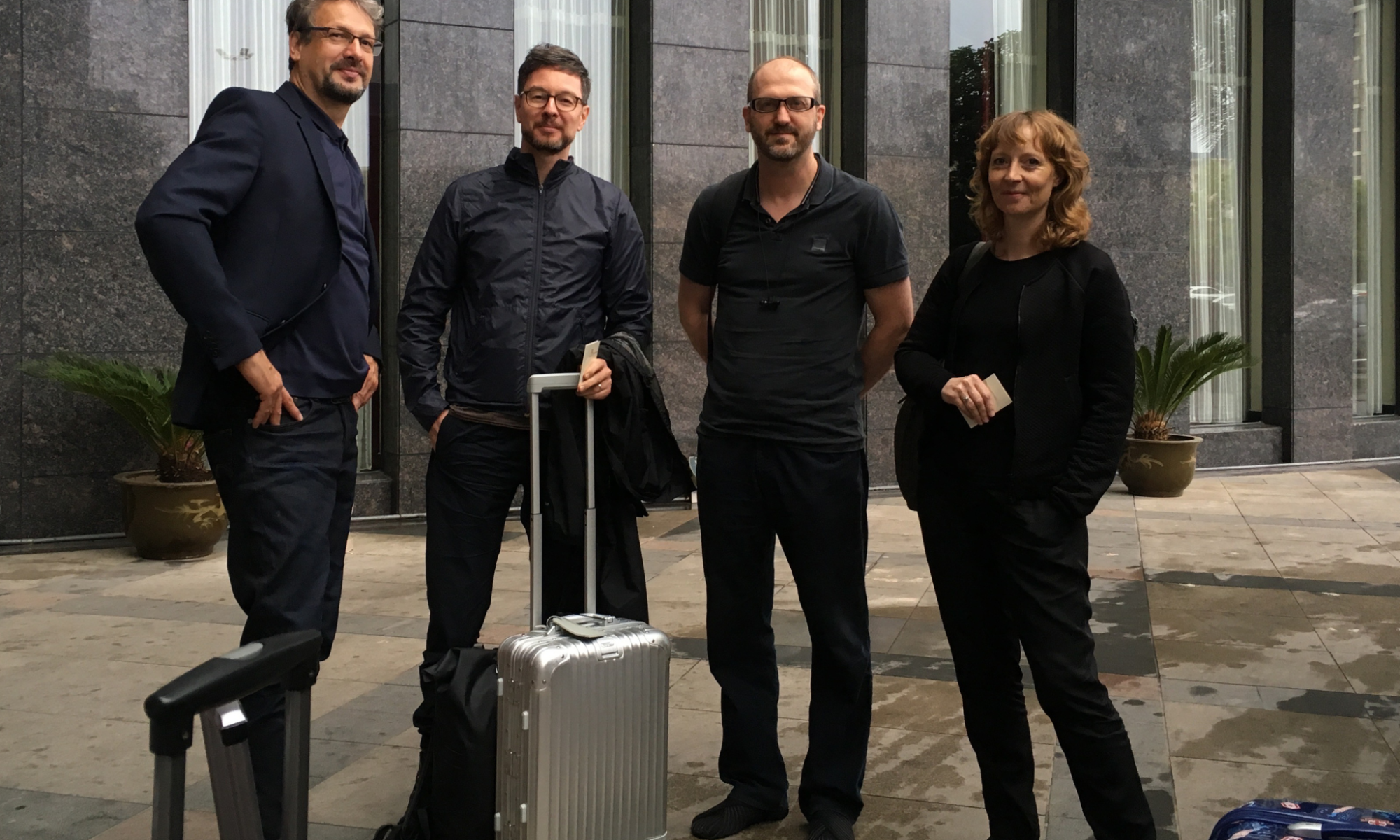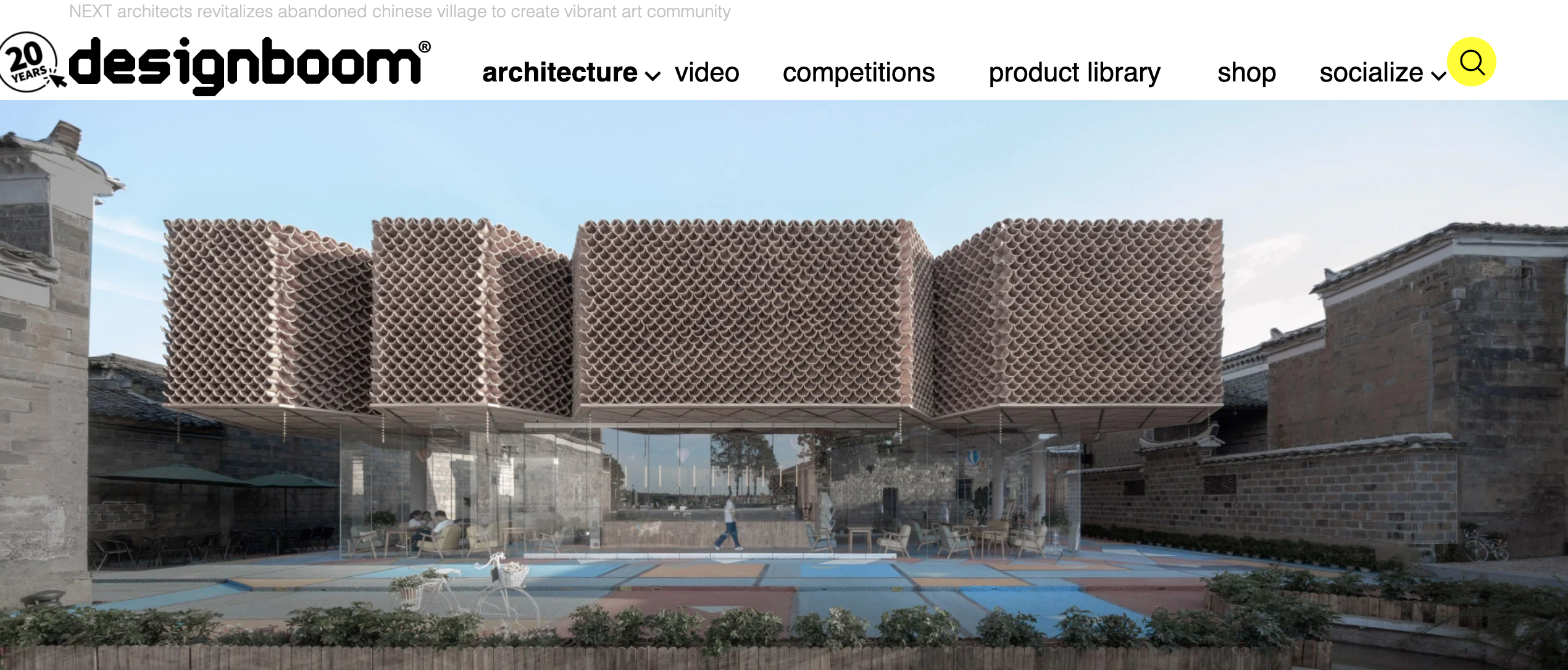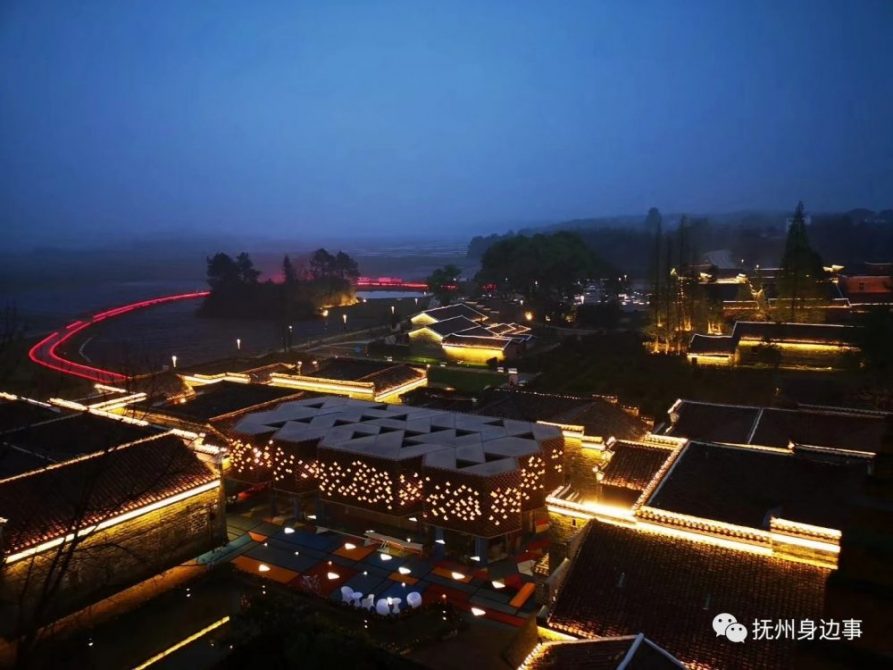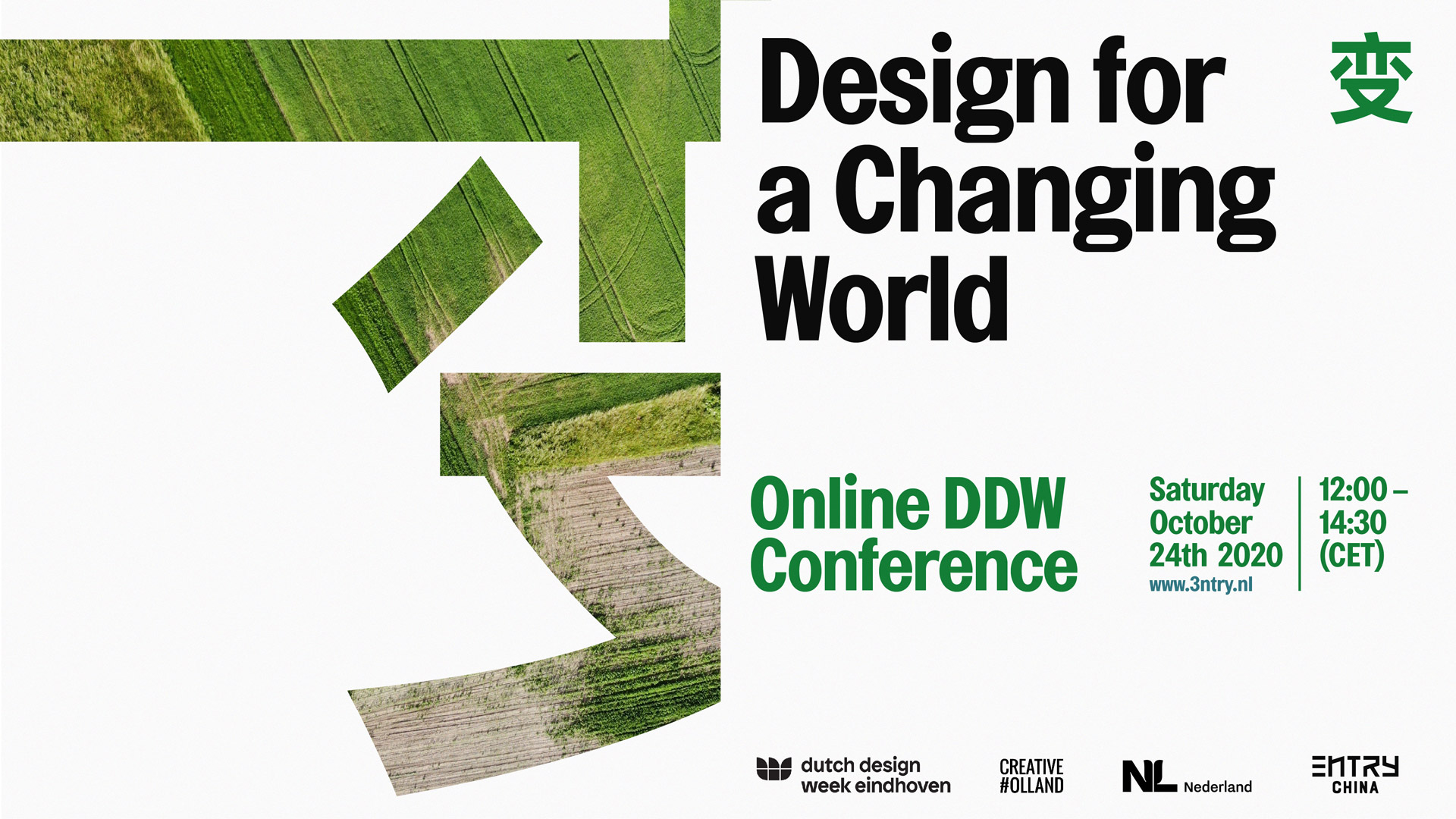Designboom reports on new architecture Holland Creative Village
NEXT, working with IVEM Heritage & Marketing, Smartland (landscape design), and Total Design (graphic design), sought to design a flexible and attractive environment for Chinese and Dutch artists to work, interact, and exhibit.
The architecture and landscape of ‘Holland Dafang Creative Village’ has been conceived as an interactive community that is constantly able to re-invent itself. as a result, it is hoped that a new generation of visitors and inhabitants will be attracted and inspired.
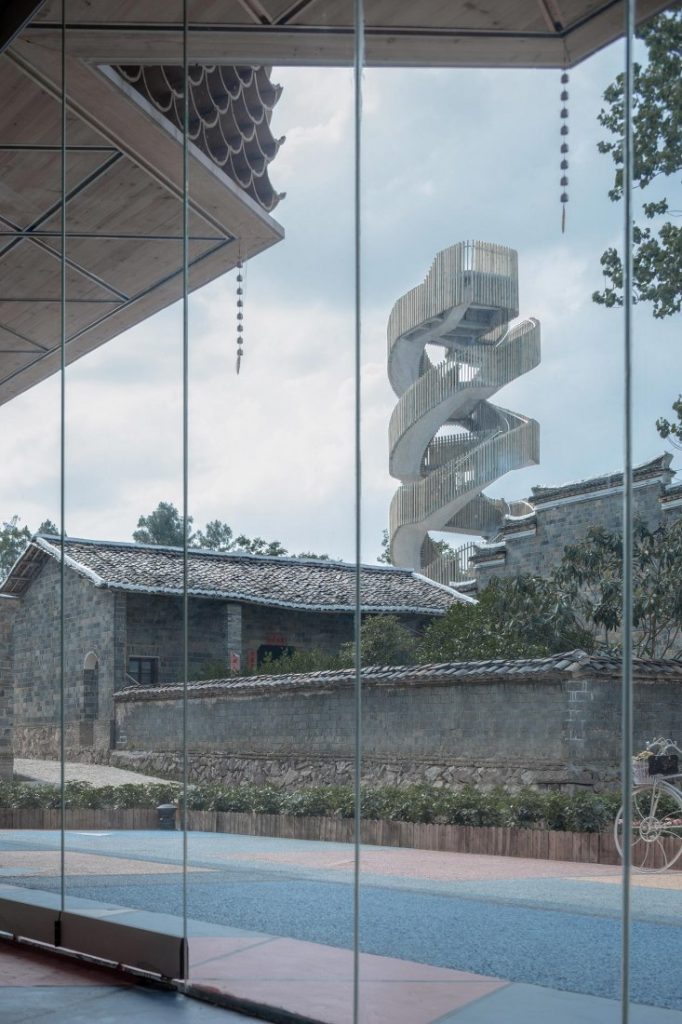
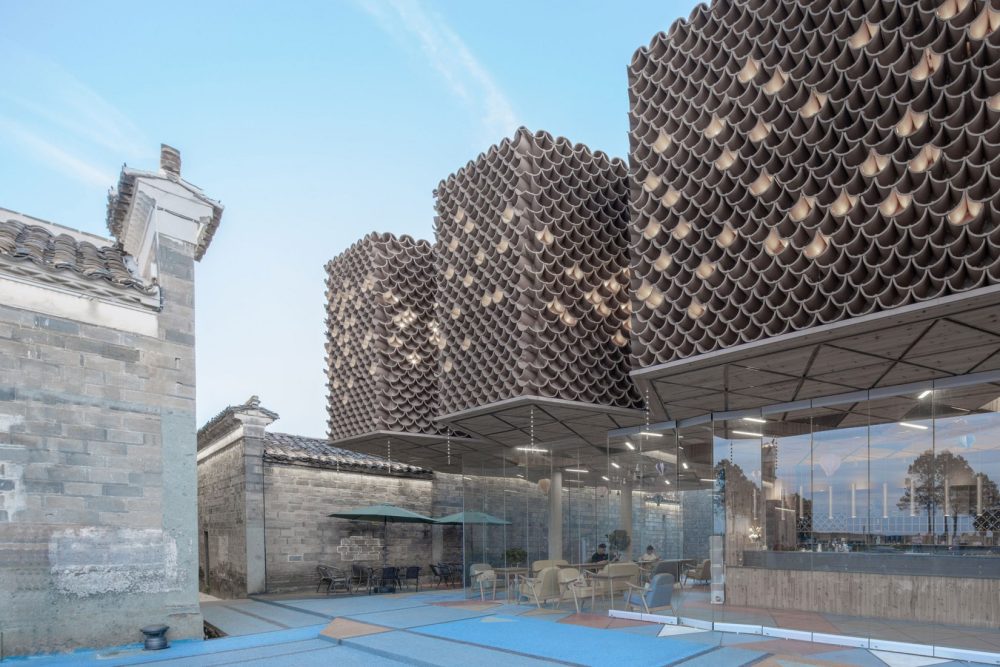
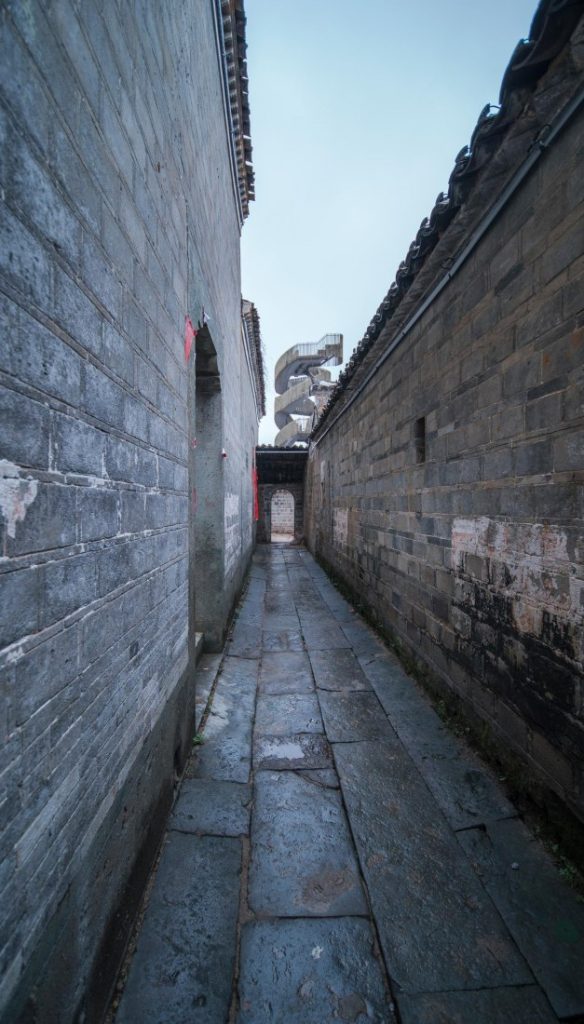
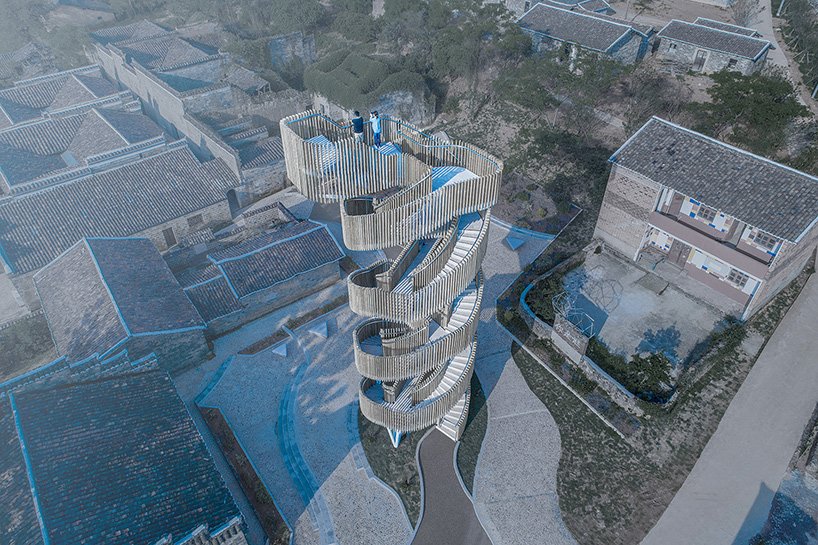
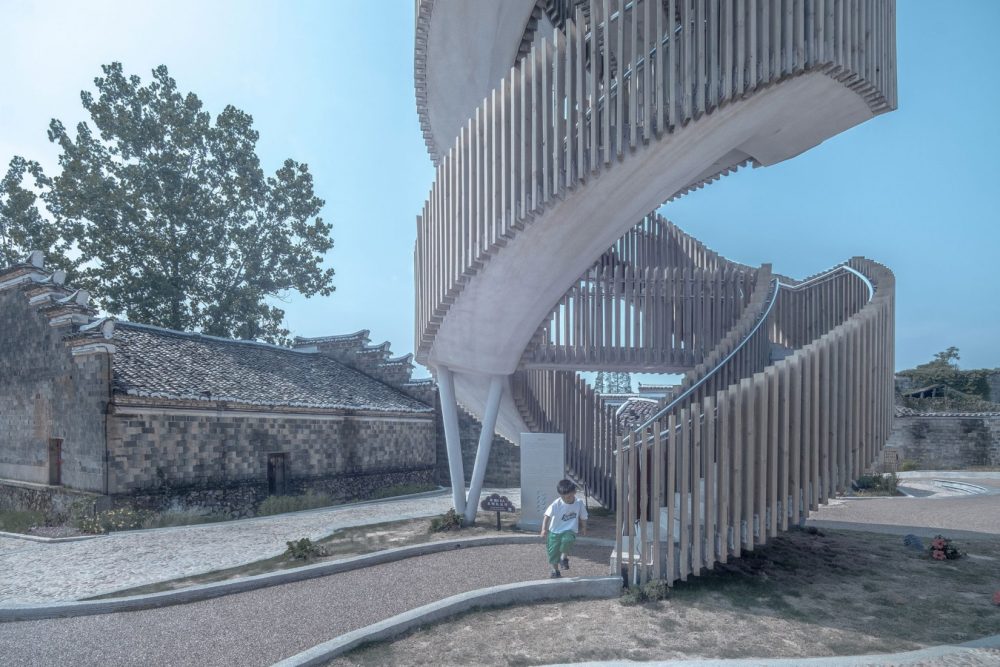
Video: Dafang Dutch Creative Village by night
This is a place where Chinese and Dutch Cultures meet and mingle. With traditional and modern architecture planning. Also artists from the Netherlands. Making their artworks here on site
The Origin of the Project
Located in Dafang Village, JinxiCounty. Dafang Dutch Creative Village is a collaborative project jointly developed by JinxiCounty, China Culture Media Group (CCMG) and Holland Cultural Heritage and Market Research Institute (IVEM). The project draws on Dutch experience in the preservation and adaptive reuse of cultural heritage, as well as Dutch creativity, ingeniously reutilizing traditional Chinese agrarian cultural resources in the locality.
While culture is the foundation of Dafang Dutch Creative Village, creativity is its heart and soul.
The presence of a mix of Chinese and Dutch creativity is everywhere in the village: from the painting on the façade, to the dreamy path in the Rosemary Garden; from the unique models in the rice field, to the art installations in the exhibition halls; or as can been seen in the Beehive Coffee House and the Dragon Tower.
See interview in China Cultural Daily’s Fortune Weekly
From the past to the present
During Xuande Period in Ming Dynasty, the four sons of Yuzhang Gong, the richest man in the Guanfeng clan, decided to split the house. Then Yuzhong Gong, the eldest branch (in Classic Chinese, 大房Dafang) moved here, whom the village was named after. Yuzhong Gong was a generous gentleman who liked to help the poor and those who were in urgent need. He oftentaught his sons about the motto “the field has no limit; great virtue will certainly attract good companions” as life principle. Over time, 大房(dafang) was changed into 大坊(dafang),which became the current name of the village.
The village gradually declined over the course of time: the remnants of old houses were overgrown with weeds, while the alleyways became empty as people were moving out.
The Landmark Building
In September 2018, after extensive research on the general planning framework, architecture planning, water system planning, activity planning for the “Dutch Creative Village,” the People’s government of Jinxi County, CCMG and IVEM confirmed that they will work together on this project to redevelop the village.
This project will create a new model for the preservation and renewal of traditional villages in China with the introduction of Dutch experience in the preservation and adaptive reuse of cultural heritage, as well as the infusion of Dutch creativity in reutilizing traditional Chinese agrarian cultural resources.
As the landmark building of the Dafang Dutch Creative Village, the Dragon Tower is like two dragons spiraling up, underpinning the backbone of Dafang, which symbolizes the future success of the Chinese endeavor on preserving and utilizing its ancient villages.
The Chinese name 徘徊塔(Paihuai Tower, literally means the Lingering Tower) comes from “I sing and the moon just lingers in the sky /I dance and my shadow whips around like mad,”written by the beloved Li Bai in his poem Drinking Alone under the Moon. This reference illustrates the resemblance of the freewheeling creativity of contemporary art as well as the easy-going lifeattitude of the rural population, to Li Bai’s Dionysian spirit that embraces unrestricted creativity and ecstatic passion for life.
The word Paihuai (徘徊) also has its reference to neo-Confucian philosopher Zhu Xi. In Reflections While Reading, he wrote, “a small square pond an uncovered mirror/where sunlight and clouds linger and leave.” This poetic landscape is just what you can see in Dafang in reality. When people look out from the top of the tower, what unfolds in front of their eyes is a small square pond, with its crystal-clear water reflecting the sky and clouds like a mirror.
In such scenery, you will truly embrace the teaching that one should be upright, self-reflective, and control his/her own life direction in this complicated world.
The Night View of Dafang








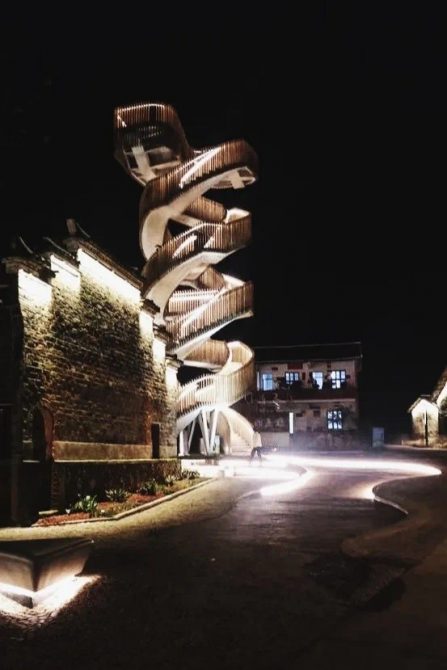
Overhead the village, lingering twilights slowly fades out.
Blinking stars overlook Dafang in the wide-open sky.
The village is illuminated like a shining pearl after the lights are on.
The night in Dafang Dutch Creative Village offers endless enchantment.
The past and the present, the decay and the bustle, all merge together at the end of the bluestone path, which fades into the night. This is when the ancient village will return to its true self, charming but peaceful.
Walking on the dreamy path in the Rosemary Garden, one can find countless wonderment. The star fades into the warm yellow light, which illuminates the colorful paintings on the facades as well as the creative charms and histories of the Dafang Village.
At the corner, the Beehive Coffee house shimmers like a constellation in the dark blue sky, adding another enlivened scene to the ancient village.
Everything is just utterly beautiful under the night sky.
The gentle neon lights bring a romantic feeling to the Dragon Tower.
From the top of the tower, one can see the beautiful landscape of Dafangwith the ancient village floating in the sea of lights. Perhaps even the Moon Goddess Chang’ewould yearn for this beautiful scenery.
The Dafang Dutch Creative Village during nighttime is a dreamy place that one can drown in the luxuriant landscape and peacefulness of the village.
Under the starry sky and bright lights, this one-thousand-year-old village has been given a new life.
Visual identity for historic village.
Commissioned by IVEM, Total Design designed the visual identity for the Dafang Holland Creative Village in rural China.
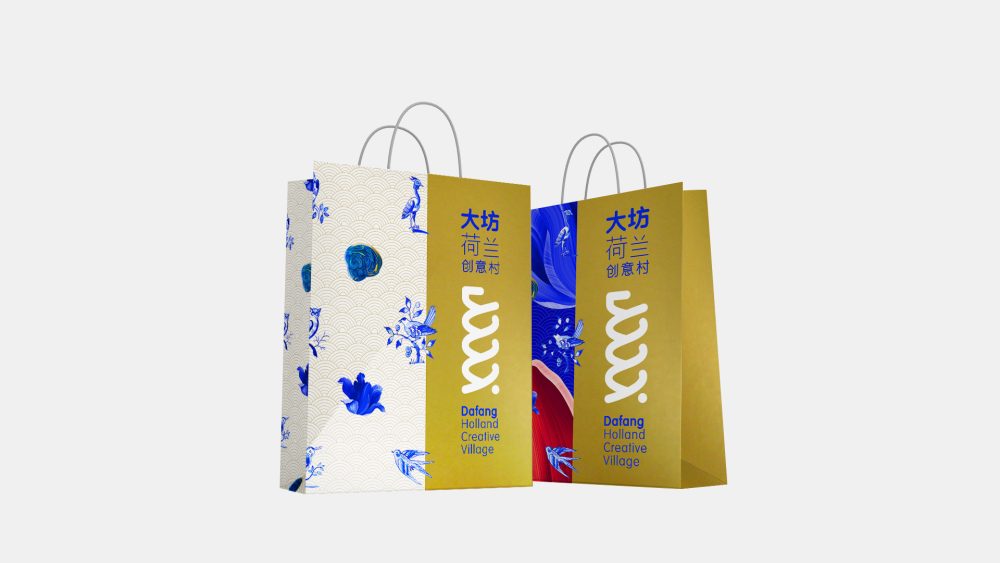
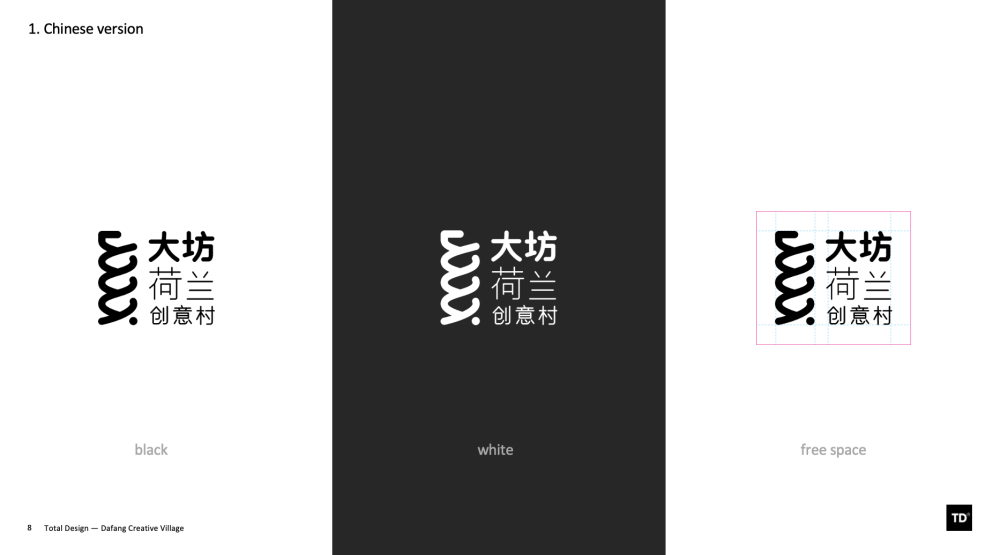
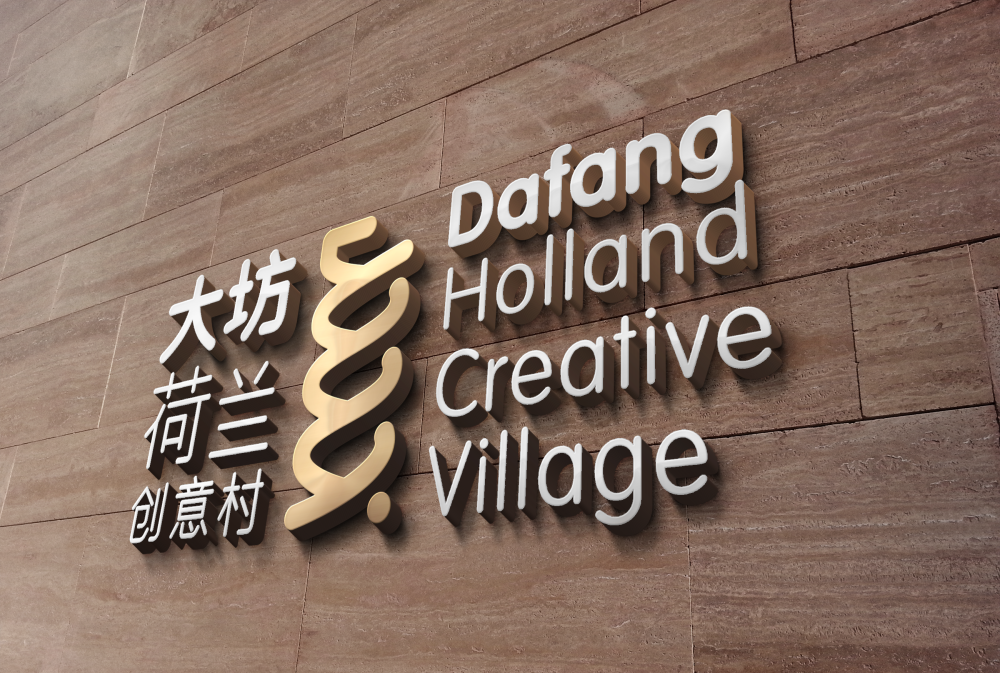
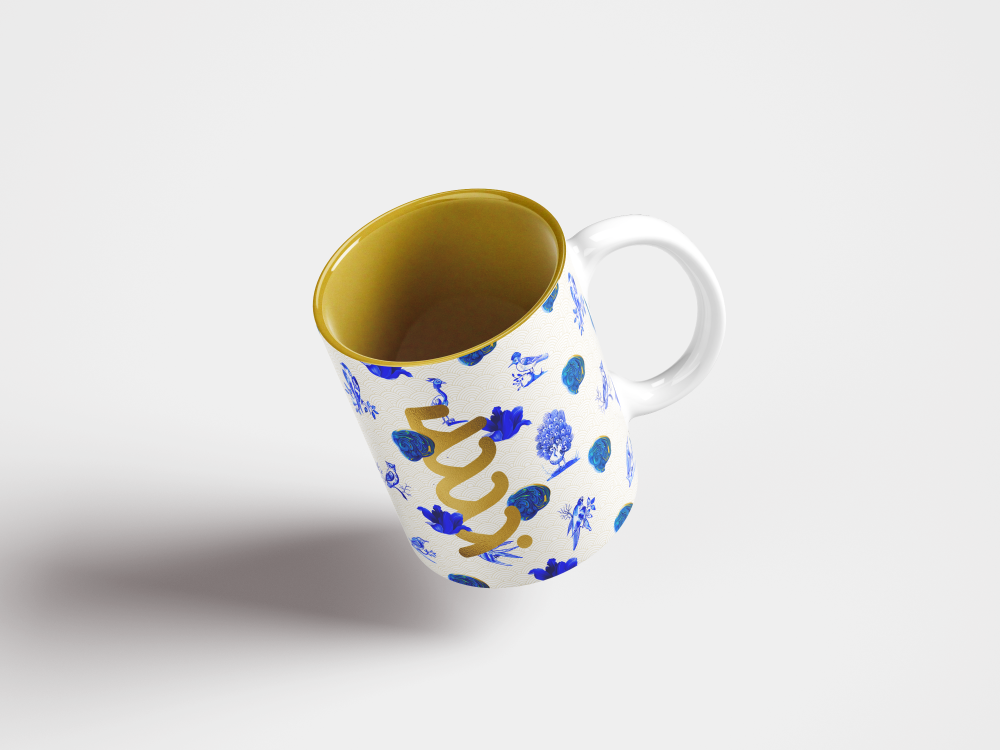
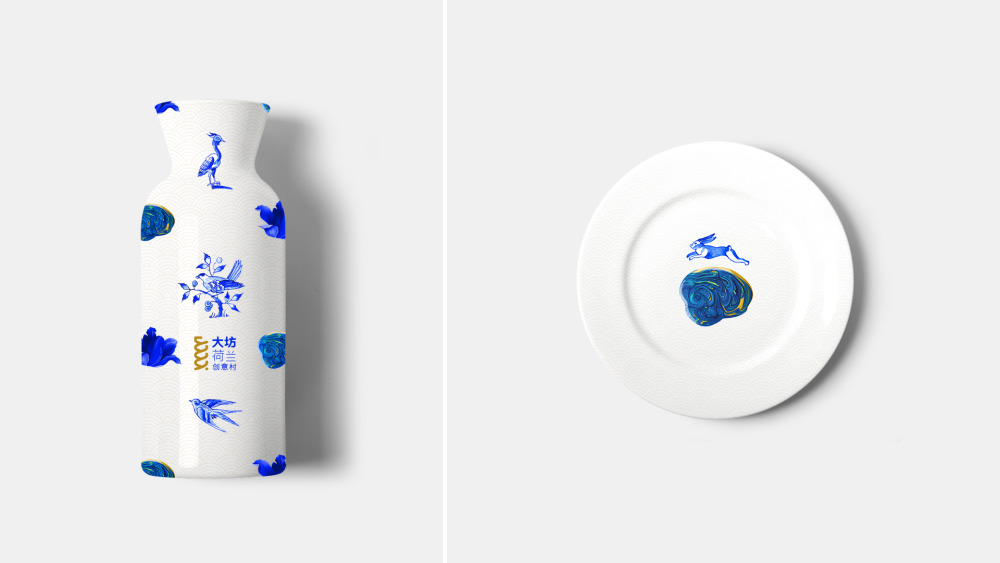

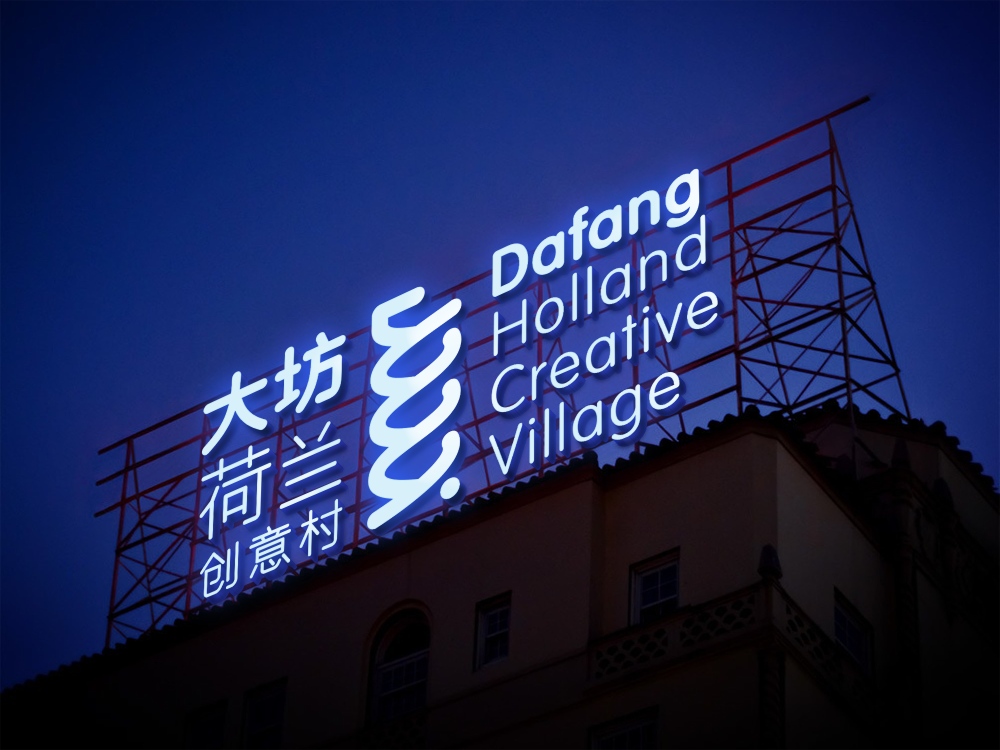
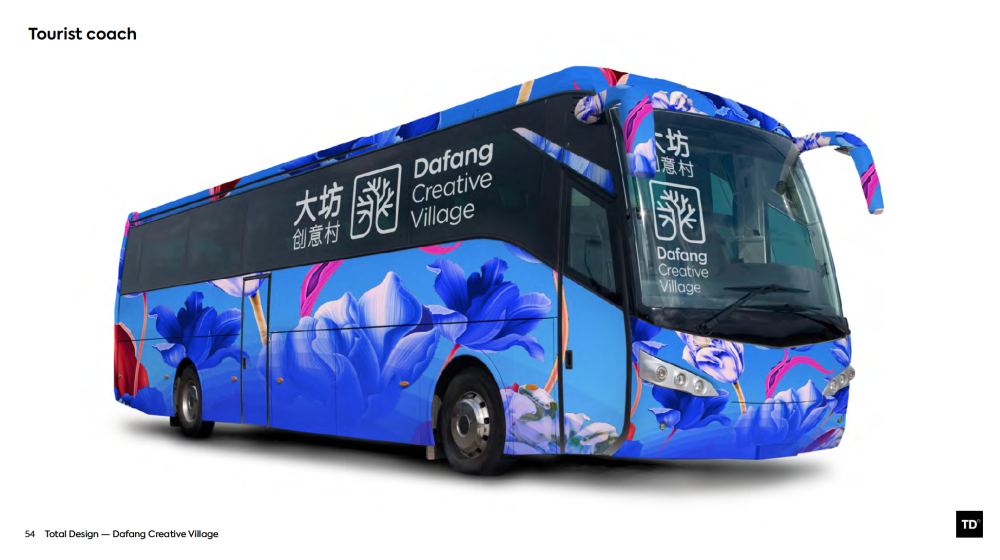
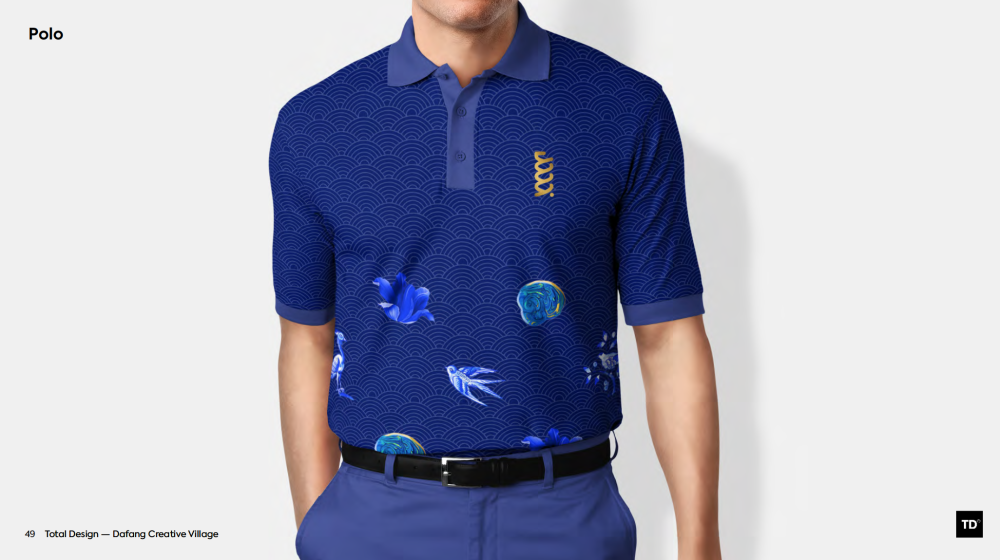
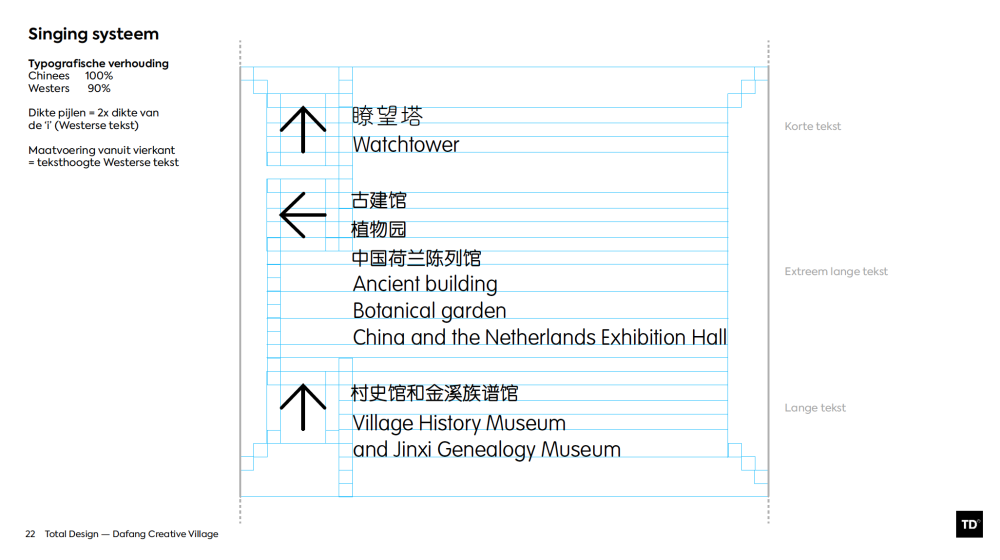
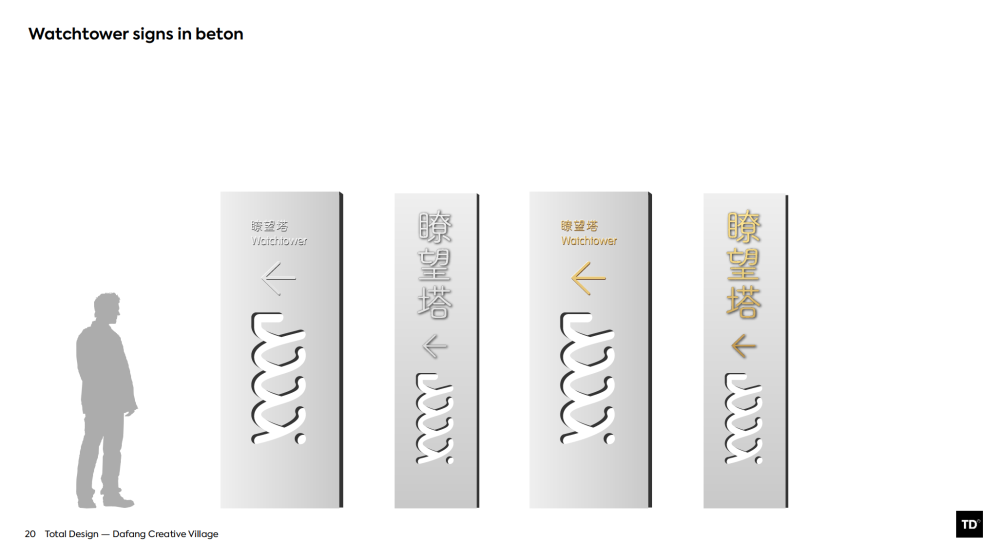
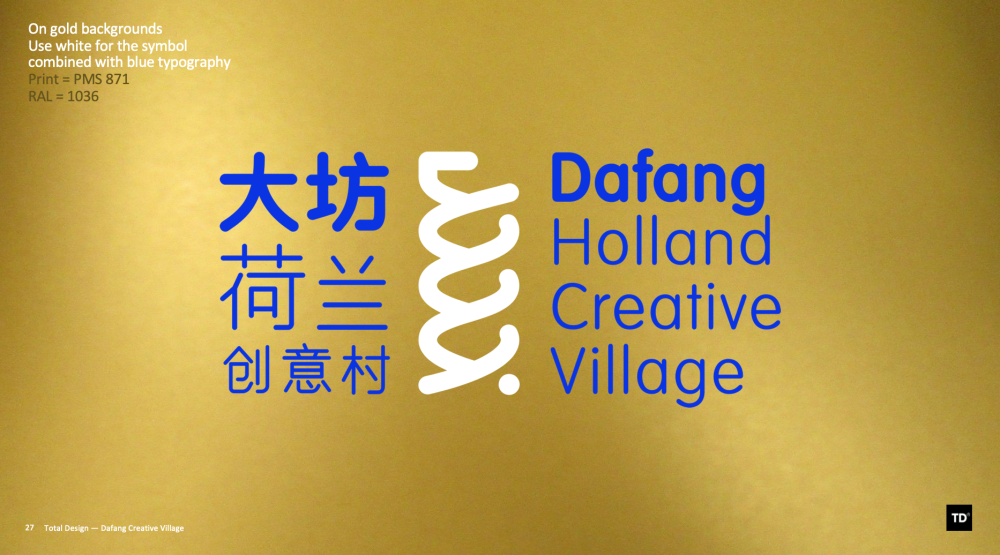
IVEM at Dutch Design Week 2020
During the Dutch Design Week 2020, IVEM presented the project ‘Dafang Holland Creative Village‘, as an example of rural development in China. The presentation took place as part of the program ‘Design for a Changing World’. The program was organized by Creative Holland & ENTRY China.
Other presentations from this program (eg.)
- Ma Sanyong – CEO Mad Architects, China,
- Stephan Petermann – Founder MANN / Visiting Professor CAFA, China,
- Steven Smit – MVRDV Director Asia,
- Jovana Zhang – Pinwu design library
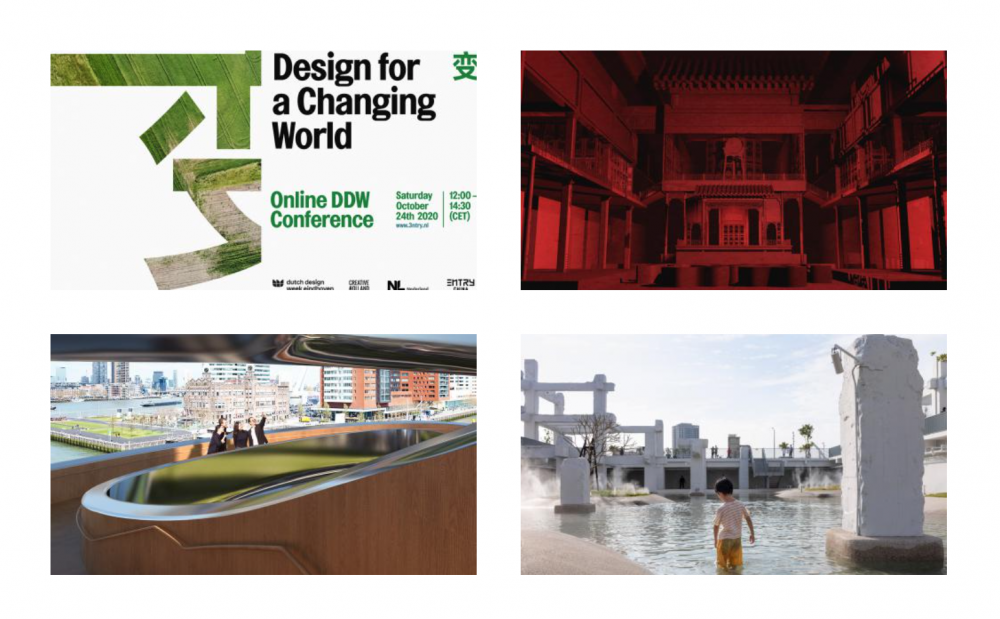
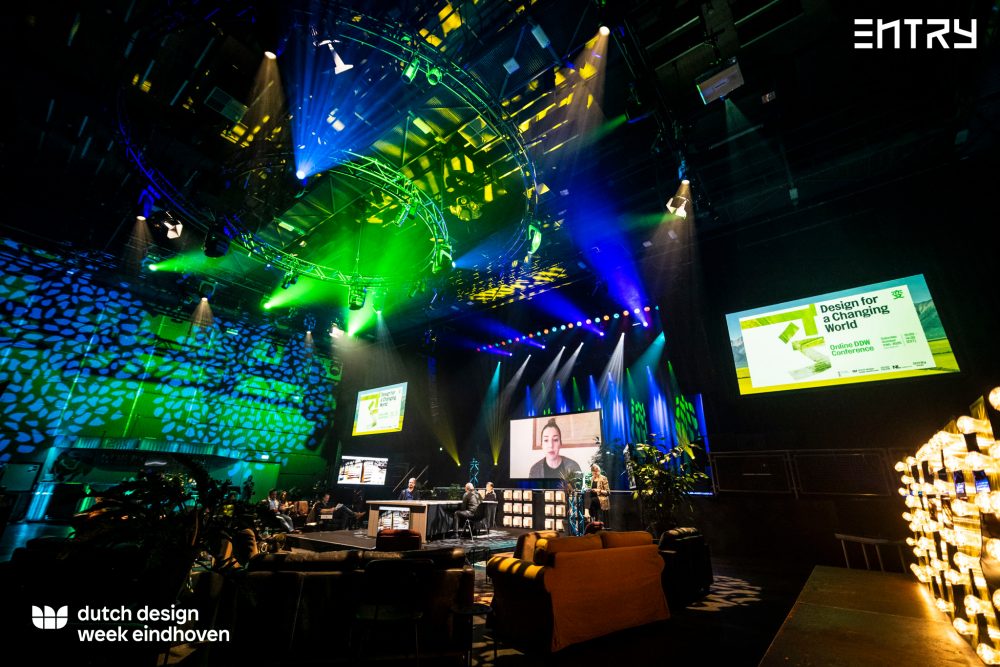
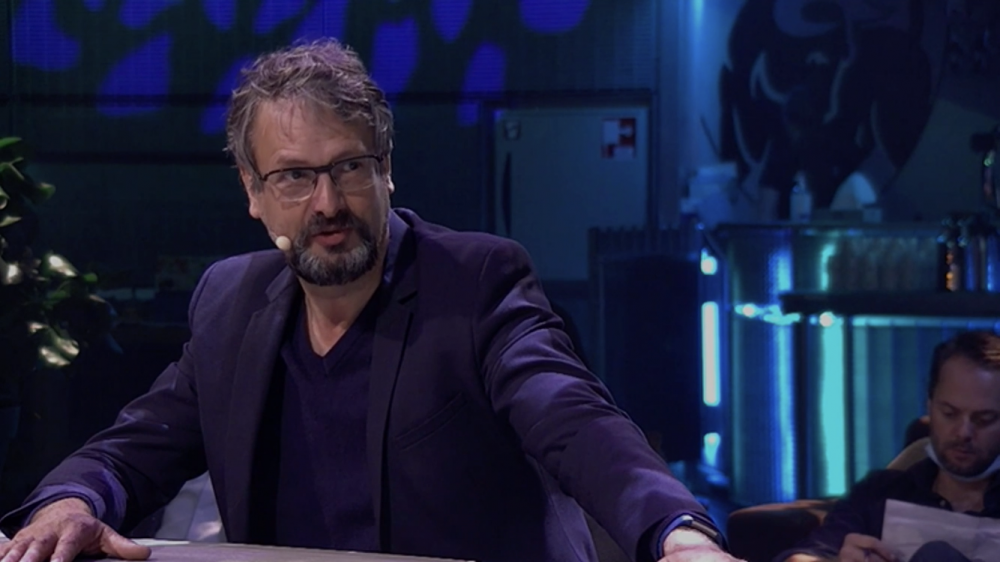
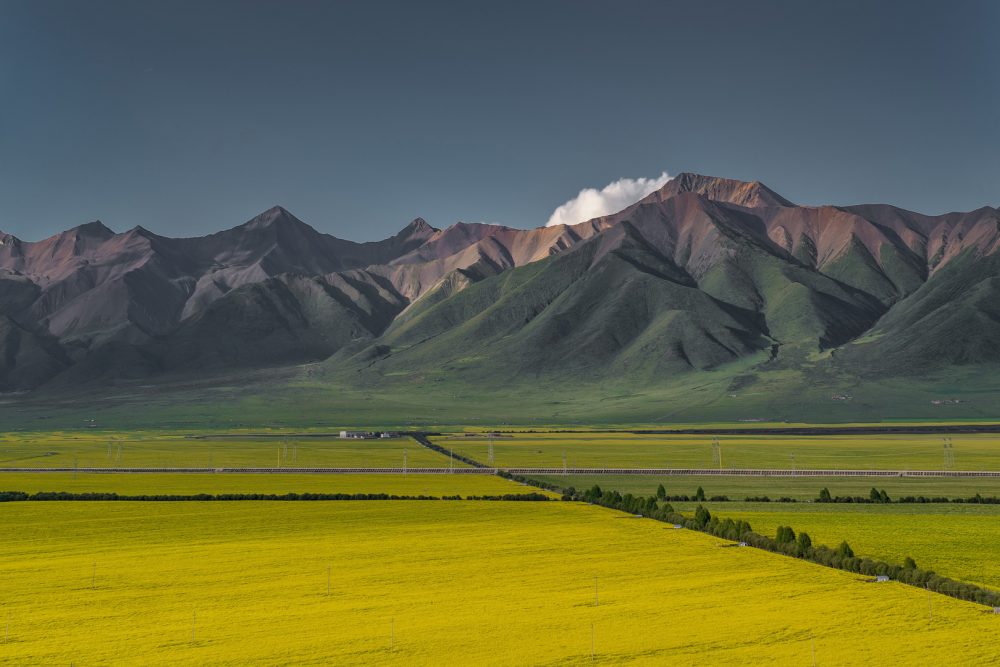


ENTRY China is a Dutch knowledge exchange platform for the creative industry with a focus on China. ENTRY connects industry professionals with the aim of sharing knowledge and experiences and developing, strengthening and maintaining business relationships and partnerships. 3ntrychina@gmail.com
